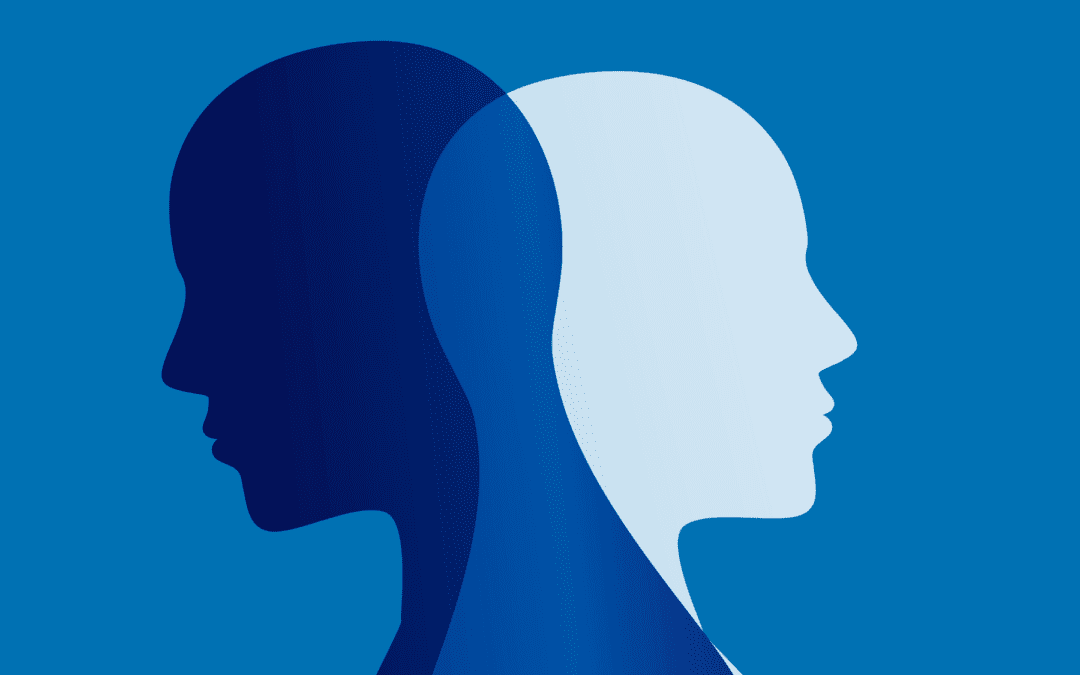Author: Stanley Clark
An estimated 46 million people around the world are affected by bipolar disorder. In the U.S. alone, around 2.3% of the adult population has this condition. Unfortunately, many patients with bipolar disorder are still misdiagnosed.
Bipolar patients may be mistakenly diagnosed with depression or with other severe conditions, like attention deficit hyperactivity disorder (ADHD) or borderline personality disorder (BPD). Such misdiagnoses can significantly affect treatment effectiveness and overall quality of life.
While there may be alternative treatments for bipolar disorder that also work well for individuals with ADHD and BPD, it is still best to get correctly diagnosed for a more targeted treatment plan.
Identifying Symptoms of Bipolar Disorder
Bipolar disorder is a mental illness primarily characterized by extreme ups and downs in mood and energy levels.
The extreme mood swings and energy shifts can make it more challenging to make decisions and manage everyday tasks.
Bipolar disorder was also once called manic-depressive disorder. People with the illness fluctuate between very high or euphoric episodes called “mania” and extremely low and depressive periods.
The two periods of extremes manifest different symptoms entirely.
Extreme highs or manic episodes can last up to one week. Symptoms of a bipolar patient experiencing a manic episode may include:
- High distractibility
- Feeling “wired” or excessively high energy levels
- Overly-inflated self-esteem
- Increase in impulsive and risky behaviors
- Talking too fast or too much
- Extreme irritability or anger
- Over-the-top happiness
- Decreased sleeping hours
Meanwhile, depressive episodes can last at least two weeks. Bipolar patients in a low, depressive episode may display symptoms, such as:
- Sleeping too much
- Trouble falling asleep
- Increase in appetite and weight
- Low, hopeless, or dejected mood
- Suicidal thoughts
- Difficulty concentrating
- Slow speech
- Forgetfulness
Overlapping Symptoms of Bipolar, ADHD, and BPD
Two mental illnesses that may often get confused with bipolar disorder are ADHD and BPD.
Unlike bipolar disorder, which is characterized by disturbances in a person’s mood, ADHD is characterized by a disturbance in a person’s attention.
Symptoms of ADHD that overlap with bipolar symptoms include inattention or difficulty in focusing, hyperactivity or excessive restlessness, and impulsivity.
Individuals with ADHD often have difficulty organizing tasks and managing time. They may also interrupt a lot or speak out of turn.
Meanwhile, BPD is characterized by extremely varying moods and intense shifts in feelings, similar to bipolar disorder.
Other similar symptoms between bipolar and borderline personality disorder are impulsive and dangerous behavior, suicidal thoughts or self-harm tendencies, and extreme anger management issues.
Telling the Difference Between Disorders
The many similarities in bipolar, borderline, and ADHD symptoms may contribute to the high misdiagnosis rate of bipolar patients.
Distinguishing between the three disorders requires an in-depth look into their family medical history and home or environmental situation.
It is crucial to consider the age at which the symptoms started, possible difficulties or interference of the symptoms in your daily life, and any past or current treatments for illnesses that may affect mood and personality.
Getting Professional Help and Treatment
It is best to consult a mental health professional to get a more accurate diagnosis and treatment program according to the severity of the condition.
A doctor would also tell if the overlapping symptoms are simply a coincidence or a case of having two disorders at the same time.
The content of the International Bipolar Foundation blogs is for informational purposes only. The content is not intended to be a substitute for professional medical advice, diagnosis, or treatment. Always seek the advice of your physician and never disregard professional medical advice because of something you have read in any IBPF content.


